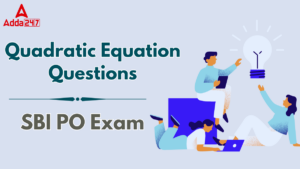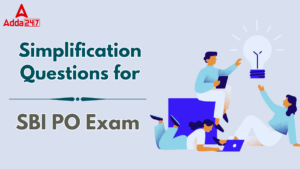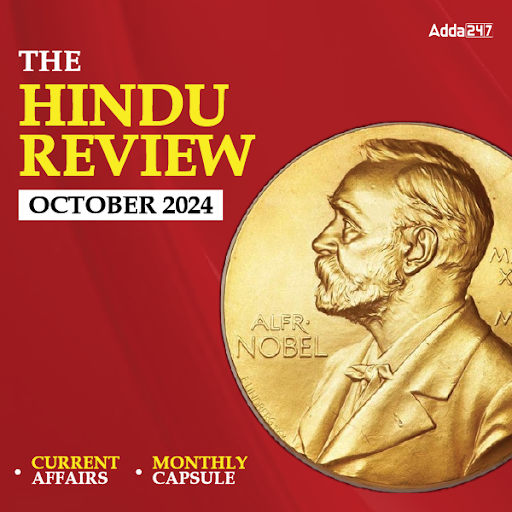The following graph shows the percentage profit of two companies over the years.
Q1. The difference between the income of company Q in 2009 and that of P in 2004 was Rs. 405 lakhs, what was the difference in expenditure of Q in 2009 and that of P in 2004?
(a) Rs 325 lakhs
(b) Rs 350 lakhs
(c) Rs 300 lakhs
(d) Can’t be determined
(e) None of these
Q2. In which of the following years is the ratio of expenditure to income for company Q the least (It is assumed that income of company Q is same in each year)?
(a) 2006
(b) 2003
(c) 2008
(d) 2005
(e) 2007
Q3. If the income of company P in 2007 was equal to the expenditure of company Q in 2004, find the ratio of the income of company Q in 2004 to expenditure of company P in 2007.
(a) 8 : 15
(b) 5 : 6
(c) 6 : 5
(d) 15 : 8
(e) 3 : 5
Q4. If the income of company P in 2009 was Rs 660 lakhs, find the expenditure of company P in the same year.
(a) Rs 600 lakhs
(b) Rs 450 lakhs
(c) Rs 400 lakhs
(d) Data inadequate
(e) None of these
Q5. If the income of company Q in 2005 was Rs 450 lakhs, find the expenditure of company Q in 2007.
(a) Rs 300 lakhs
(b) Rs 400 lakhs
(c) Rs 675 lakhs
(d) Can’t be determined
(e) None of these
Q6. Three pieces of cakes of weighing 9/2 lbs, 27/4 lbs and 36/5 lbs, respectively, are to be divided into parts of equal weights. Further, each part must be as heavy as possible. If one part is served to each guest, then what is the maximum number of guests that could be entertained?
(a) 54
(b) 72
(c) 20
(d) 41
(e) 48
Q7. A shopkeeper bought 150 calculators at the rate of Rs. 250 per calculator. He spent Rs. 2500 on transportation and packing. If the marked price of calculator is Rs. 320 per calculator and the shopkeeper gives a discount of 5% on the marked price then what will be the percentage profit gained by the shopkeeper in this business?
(a) 20%
(b) 14%
(c) 25%
(d) 19%
(e) 32%
Q8. Three professors Dr. Gupta, Dr. Sharma and Dr. Singh are evaluating answer sheets of economics. Dr. Gupta is 40% more efficient than Dr. Sharma, who is 20% more efficient than Dr. Singh. If Dr. Gupta works alone he takes 10 days less than Dr. Sharma to complete the evaluation work. Dr. Gupta starts the evaluation work and left the work after working 10 days and then Dr. Sharma takes over. Dr. Sharma evaluates for next 15 days and then stops. In how many days, Dr. Singh can complete the remaining evaluation work?
(a) 7.2 days
(b) 9.5 days
(c) 11.5 days
(d) 12.5 days
(e) 14 days
Q9. Quantity 1: Height of the cylindrical tank if the volume of cylindrical tank is 12320 cm3. Its radius and height are in the ratio of 7 : 10 respectively.
Quantity 2: Level of kerosene in the cylinderical jar. The conical vessel of base radius 2 cm and height 3 cm is filled with kerosene. This liquid leak through a hole in the bottom and are being collected in a cylindrical jar of radius 2 cm.
(a) Quantity I > Quantity II
(b) Quantity I < Quantity II
(c) Quantity I ≥ Quantity II
(d) Quantity I ≤ Quantity II
(e) Quantity I = Quantity II or No relation
Q10. A man who swims 48m/minute in still water, swims 200m against the current and 200m with the current. The difference of time in travelling these 200m in upstream and downstream is 10 minutes.
Quantity 1: speed of current.
Quantity 2: Speed of a man who completes 3 rounds of a circular path of radius 49 m in 14 minutes.
(a) Quantity I > Quantity II
(b) Quantity I < Quantity II
(c) Quantity I ≥ Quantity II
(d) Quantity I ≤ Quantity II
(e) Quantity I = Quantity II or No relation
Directions (11-15): What will come in place of question mark (?) in the following simplification problems?
Q12. (21% of 1326) – (17% of 932) =?
(a) 120.02
(b) 206.05
(c) 240.04
(d) 120.20
(e) 140.02
Q14. (9.11% of 936) – (12.5% of 498) =?
(a) 21.0186
(b) 22.0176
(c) 23.0196
(d) 19.0206
(e) 31.0526
Check out Best Books for RBI Grade B Phase-I and Phase-II Preparation
https://www.bankersadda.com/2018/07/best-books-for-rbi-grade-b-phase-i.html






 Quadratic Equation Questions for SBI PO ...
Quadratic Equation Questions for SBI PO ...
 Simplification Questions for SBI PO Exam
Simplification Questions for SBI PO Exam
 Probability Questions for Bank Exams
Probability Questions for Bank Exams




